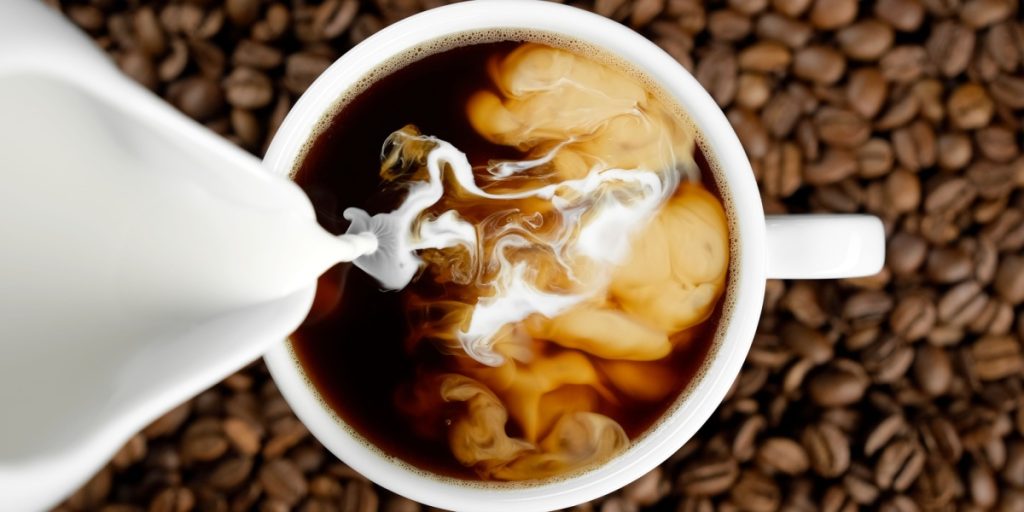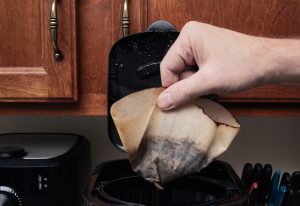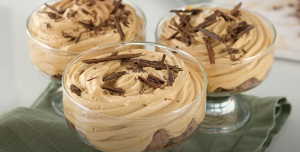Here’s what science says about brewing a better coffee.
Others are reading now
There’s nothing quite like that first sip of coffee in the morning.
But when that sip falls flat, it’s a real letdown.
Luckily, science might have found a surprisingly easy way to make sure your daily brew hits the mark every time.
Researchers have discovered the secret to a richer, more flavorful cup of coffee.
Also read
Why Freshly Ground Is Always Best
It’s no secret that freshly ground coffee makes for a better cup. But this new study goes a step further, revealing how moisture affects the grinding process—and ultimately, the taste.
According to scientists, dry beans create more static during grinding.
This static causes the coffee grounds to clump together, making extraction less efficient and the flavor weaker.
However, when you lightly moisten the beans before grinding, it reduces the static and clumping, allowing for a smoother grind and a more even extraction.
The Science Behind the Sip
The study, led by researcher Christopher Hendon, tested various roasts and water levels.
They found that darker roasts—usually drier—were more prone to clumping.
Lighter roasts naturally held more moisture and performed better even without added water.
When the team brewed coffee using pre-moistened beans, they noticed something interesting: the slightly damp grounds slowed down the brewing process. This allowed the water to extract more flavor from the grounds, resulting in a stronger, richer cup of coffee.
Hendon explained in a press release that the damp grounds could be packed more tightly, especially useful for espresso or pour-over methods, where slower water flow enhances flavor.
How to Do It at Home
Want to try it yourself?
Hendon’s advice is simple: sprinkle just a few drops of water onto your coffee beans before grinding. Not enough to soak—just enough to take the edge off the dryness.
You’ll notice the difference not only in the grind (fewer clumps, more consistent texture), but also in the flavor.
Because this method extracts more from each bean, you might find you can use slightly less coffee and still get a full-bodied brew.



